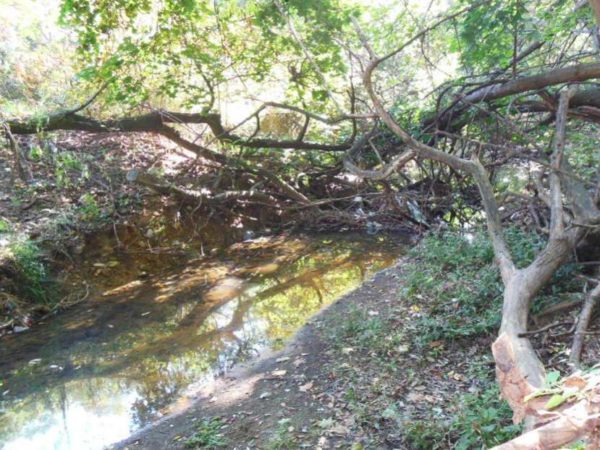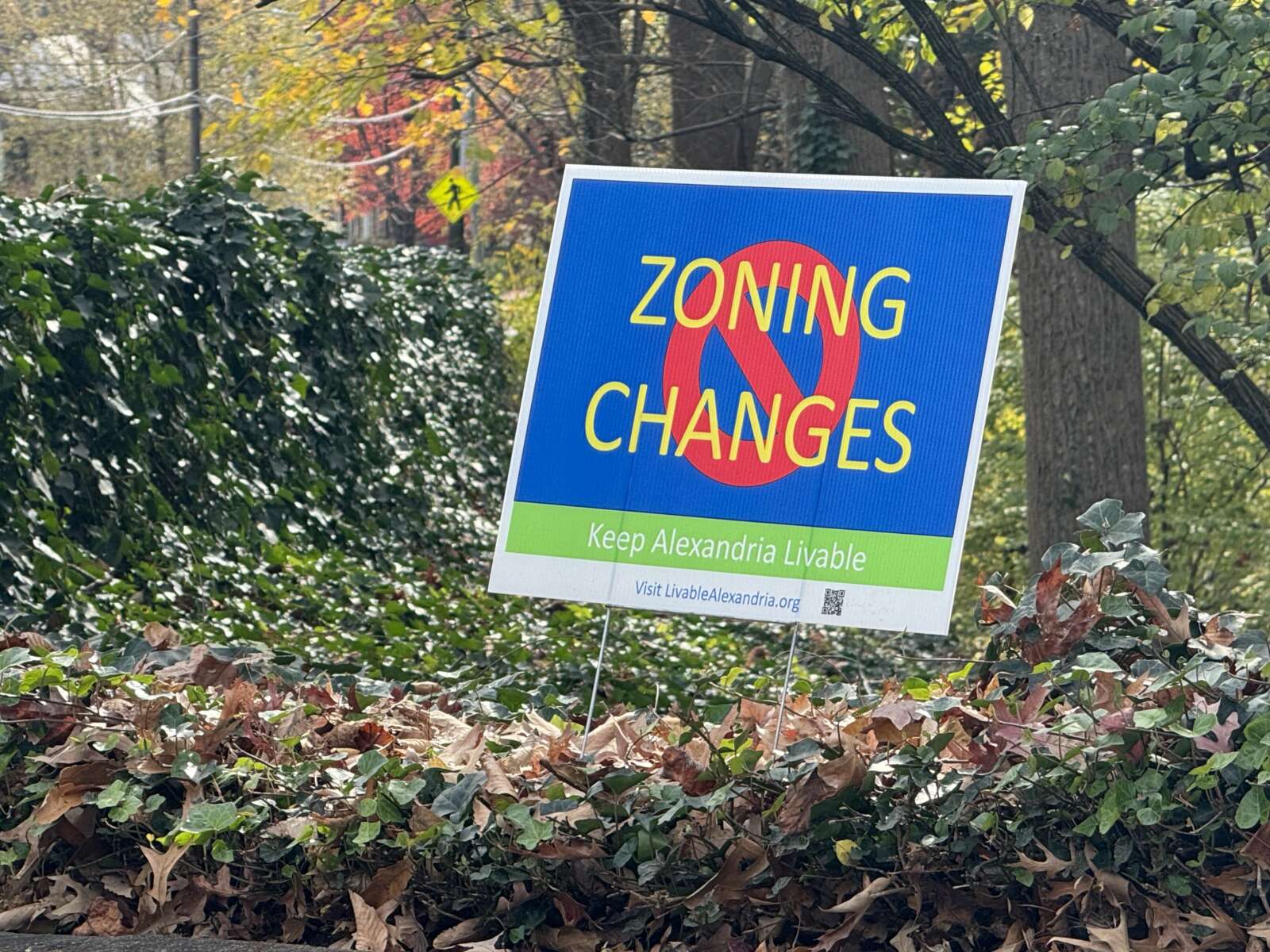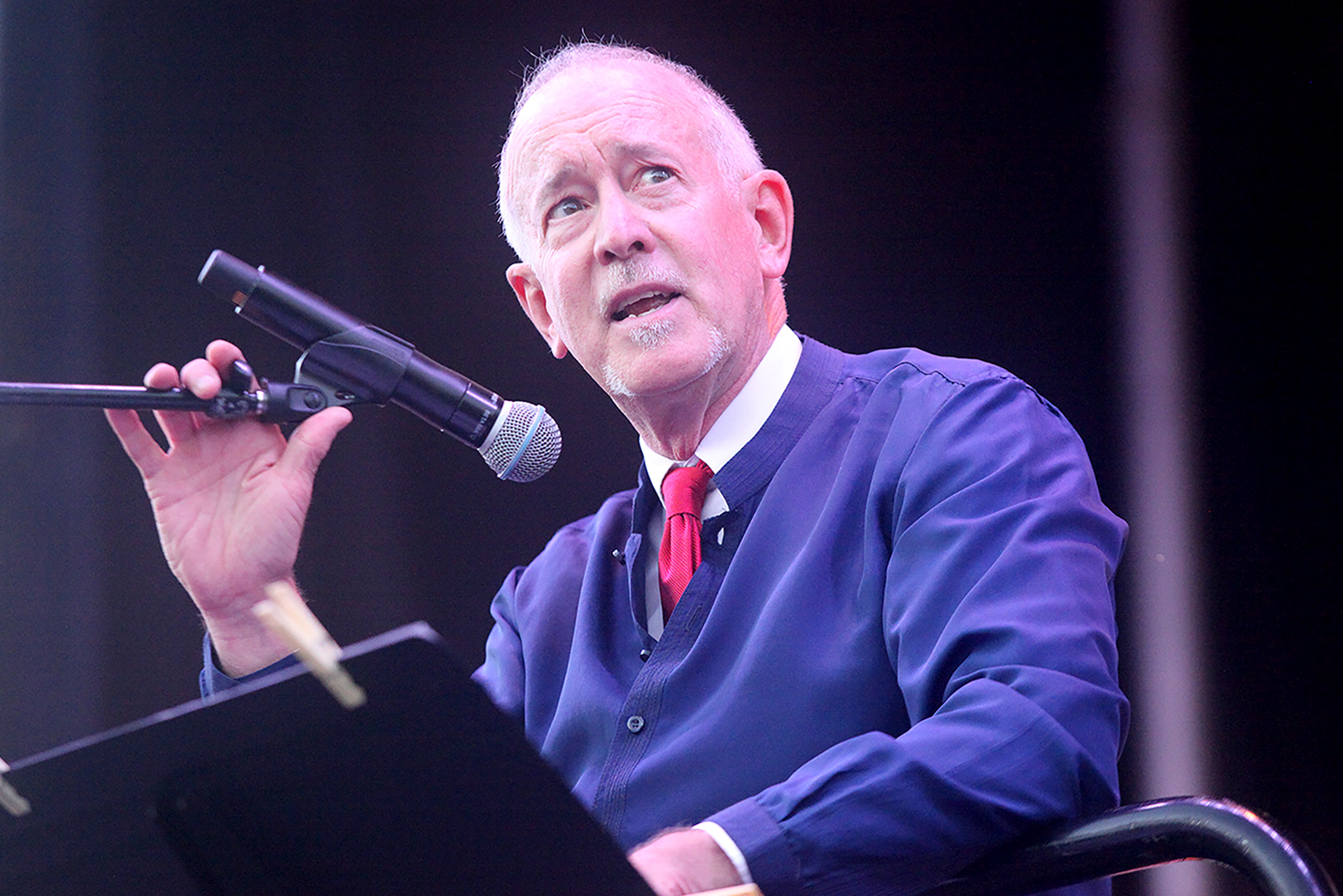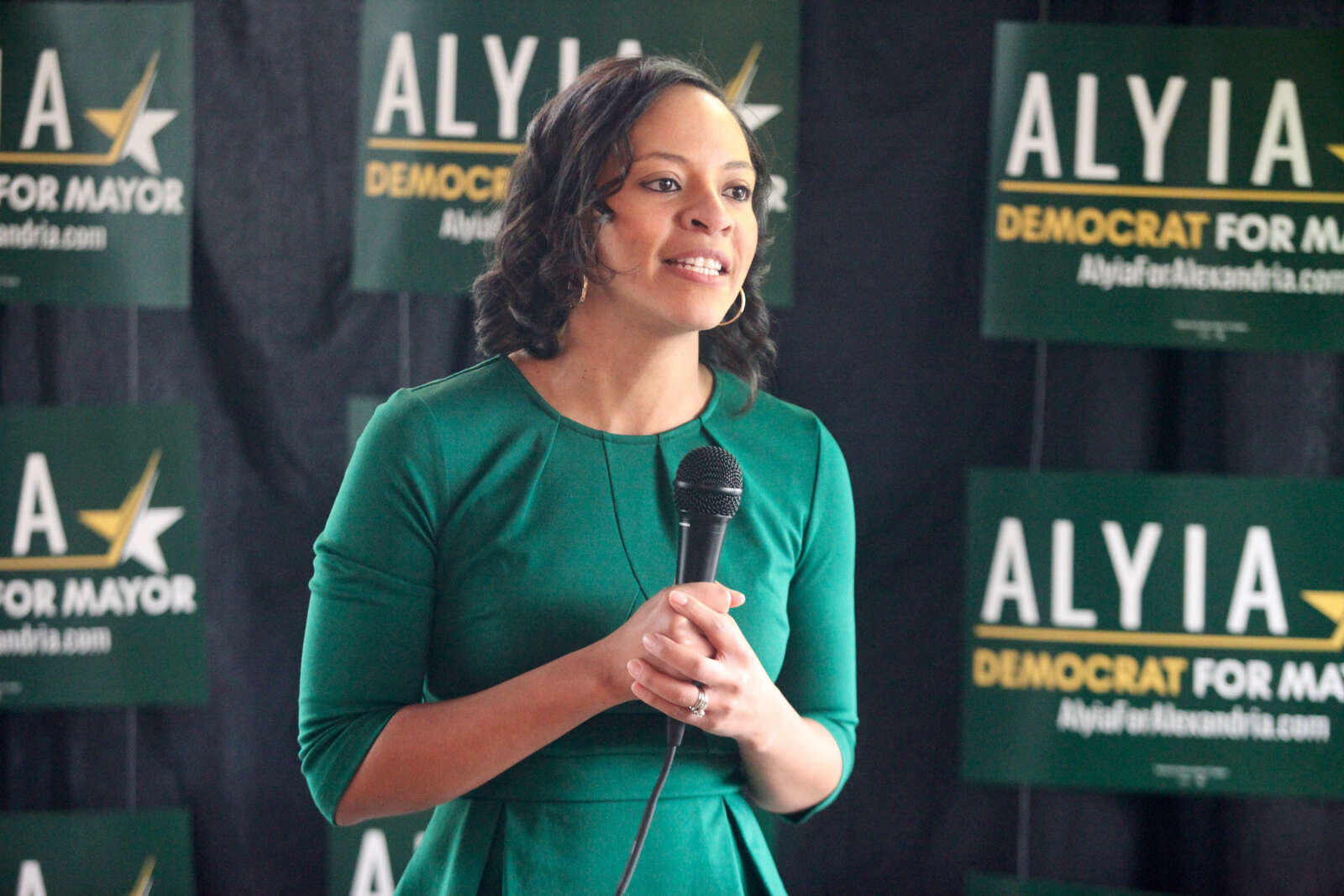City staff have launched a defense of the embattled Taylor Run Stream Restoration Project — criticized by some environmental activists and the city’s Natural Resources Manager Rod Simmons
As part of the budget query process, Vice-Mayor Elizabeth Bennett-Parker asked staff to look into other options as alternatives to the project. Despite reluctance towards the Taylor Run restoration project starting to take hold in the City Council, staff said in a response to Bennett-Parker they believe the current course to be the most effective one.
“If an alternative is pursued, then the 10-Year Plan would need to be revised based on the funding impact of these alternatives, each of which come with very different levels of risk and costs,” staff said. “Additionally, none of the alternatives would stabilize the sanitary sewer infrastructure which will need to be undertaken regardless.”
The Taylor Run Stream Restoration Project is expected to cost $4.5 million, half of which is paid for by the state-level Stormwater Local Assistance Fund.
Local activists have said the city’s project overestimates the levels of pollution in the stream by relying on projections rather than tests of the water and the removal of foliage from the stream — many of them mature trees — though the city has said it will replant new ones.
The first alternative analyzed is implementing smaller scale green infrastructure projects, like bioretention facilities and underground filtering. But staff said these projects could cost up to $66 million, which would come entirely from city coffers and ultimately from homeowners in Alexandria.
Staff compared smaller scale BMPs that include green infrastructure (urban bioretention, bioswales, etc.) and underground BMPs (filtering devices) as alternatives as retrofits in the right-of-way and on public property. Cost-benefit estimates for these alternatives range from $88,000 to $225,000 per pound of phosphorous reduced, respectively. (Note these estimates do not include currently uncertain costs that may arise during the planning, scoping, design or implementation phases, or future maintenance and operation costs.) Using those per pound cost ranges, capital costs are estimated between $26 million and $66 million to implement between 300 and 400 new BMPs to achieve an equivalent amount of pollution credits. This would add (refer to footnote) between $41 and $89 to the annual stormwater fee for the majority of homeowners in the City. It is also important to note that due to the high cost per pound of phosphorous removal none of these BMPs would meet the eligibility requirements (of $50,000/lb. or less) to be considered for a VDEQ Stormwater Local Assistance Program grant. Therefore, the City would need to fully fund these smaller BMPs using local funds.
Another option suggested by many opponents of the Taylor Run Stream Restoration project is additional tree planting, an option suggested in contrast to some of the tree clearing that would take place as part of the project. Staff noted in their analysis of the option that, like additional green infrastructure projects, the solution could be more expensive than the current project.
Staff compared tree planting per DEQ and EPA’s Recommendations of the Expert Panel to Define BMP Effectiveness for Urban Tree Canopy approach to generate pollution reduction credits. To achieve an equivalent pollution reduction, the City would need to plant between 421,000 and 686,000 trees at a low-end estimated cost of $84 million to $137 million and a high-end estimated capital cost of $126 million to $206 million. This would add (refer to footnote) between $113 and $287 per year to they stormwater utility fee for the majority of homeowners in the City. Like Alternative Scenario 1 these costs do not include currently uncertain costs that may arise during the planning, scoping, design or implementation phases, or future maintenance and operation costs. The issue of where to plant this volume of trees also would need to be addressed.
The last option, and possibly the alternative scenario most suggested by opponents of the Taylor Run project, is to do nothing: leave the stream alone. City staff reviewed the no-build option but said that cancelling the project without pursuing any of the other alternatives it could put its state stormwater permits (MS4) at risk.
If the City chooses to defer or cancel the Taylor Run Stream Restoration project, it brings into question the use of stream restorations as a key strategy in the City’s toolkit to meet its Bay mandates. The City’s three, currently approved stream restoration projects will cost the City approximately $3.7 million, with another $3.7 million coming in VDEQ grants. In contrast, the total cost of a “BMPs alone” strategy to reduce an equivalent amount of phosphorous for the City would be between $79 million and $201 million, which is currently not programmed in the Ten-Year Stormwater Capital Plan. This would add between $106 and $274 per year to the stormwater utility fee for a majority of homeowners. It would require the installation of over 900 total green infrastructure and underground BMPs in rights-of-way and on public property. If Council chooses one of the above scenarios for Taylor Run, or removes stream restoration from the City’s toolkit, staff would need to provide additional refined projections on the fiscal impacts and risk, and revise the City’s Stormwater Utility 10-Year Plan.
Staff said the city is currently ahead of schedule on its Chesapeake Bay Cleanup mandates, but if the city fell behind from cancelling this project, it could be subject to fines and other punitive measures.
“These would likely include prescriptive actions and schedules of interim milestones to demonstrate positive trajectory to meet the requirements, including the identification of adequate funding and scheduling to implement alternative BMPs to achieve milestones,” staff said. “These punitive measures would likely be administered through aggressive oversight by VDEQ.”
The kicker, staff said, is that separate sanitary sewer stabilization would still require impacting Taylor Run.
“The sanitary sewer runs parallel to the trail and within the southern stream bank for most of the way until it crosses to the northern side of the stream near the acidic seepage wetland, where the sheet pile for the manhole is located,” staff said. “Separately stabilizing the sanitary infrastructure in lieu of incorporating this work into a more holistic stream restoration would require tree removal for access — presumably the pedestrian trail as well as down to the stream to access the sanitary sewer crossings exposed in the stream bed — to allow heavy equipment access to stabilize the sanitary crossings by encasing the pipe in concrete.”
Mayor Justin Wilson said in an email that on Monday, April 12, from 5-7 p.m. staff and the design consultant will host a walkthrough of the project, giving community members a chance to tour the site.
“Project staff will be present and available to answer questions and discuss restoration goals and efforts in specific areas of interest,” Wilson said. “The onsite walkthrough will begin at the entrance of the Chinquapin Park trailhead located at 3120 King Street.”
An update on the project and others included in the city’s Chesapeake Bay Pollution reduction goals is also scheduled to be presented to the City Council on Tuesday, April 27, at 7 p.m.
Image via City of Alexandria
Recent Stories

Unlike our competitors, Well-Paid Maids doesn’t clean your home with harsh chemicals. Instead, we handpick cleaning products rated “safest” by the Environmental Working Group, the leading rating organization regarding product safety.
The reason is threefold.
First, using safe cleaning products ensures toxic chemicals won’t leak into waterways or harm wildlife if disposed of improperly.

There’s a reason Well-Paid Maids has hundreds of positive reviews from happy clients in the D.C. area.
The home cleaning company pays cleaners — who are W-2 employees — a living wage starting at $24 an hour. Plus, cleaners are offered benefits, including insurance, 24 paid days off a year, 100% employer-paid commuting costs and more.
Lexi Grant, an operations manager at Well-Paid Maids, said it best: “People deserve their work to be respected and recognized. When that happens, you love what you do, and you create the best results.”
Del Ray Kitchen Confidential Design Tour
Please join us for Del Ray Kitchen Confidential – a walking tour of recently renovated kitchens in Del Ray with the experts who make the magic happen! FA Design Build owner Rob Menefee and Design Consultant Melissa Fielding walk us
Celtic Corridor in Concert at the Lyceum
Billy McComiskey, on button accordion, National Endowment for the Arts Heritage Award winner, All-Ireland Award winner, who has played with the Irish groups The Irish Tradition, Trian, and Green Fields of America. Billy’s playing is highly regarded as are his








